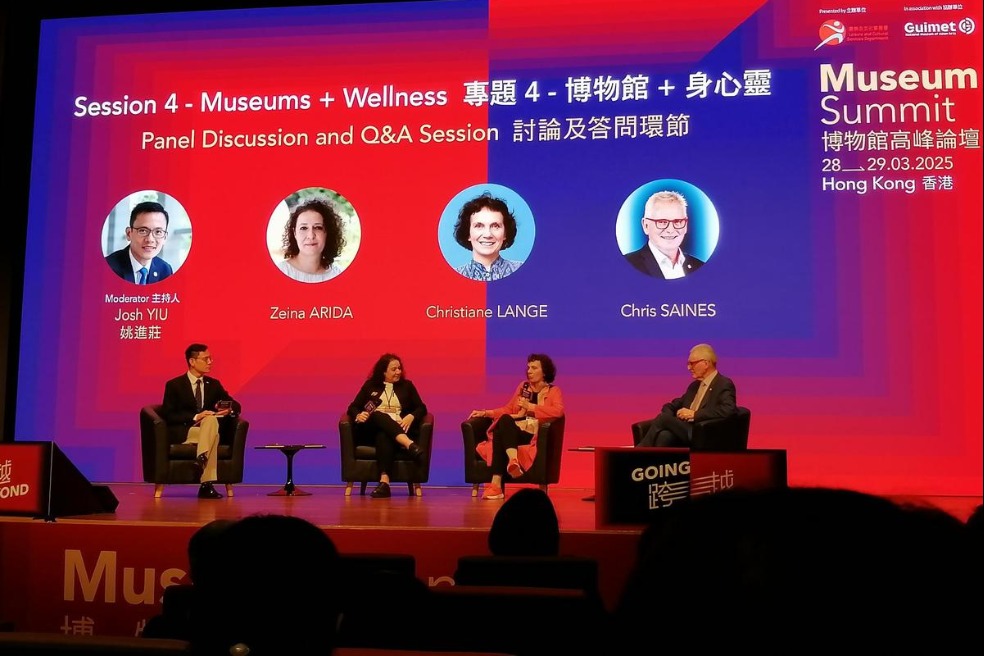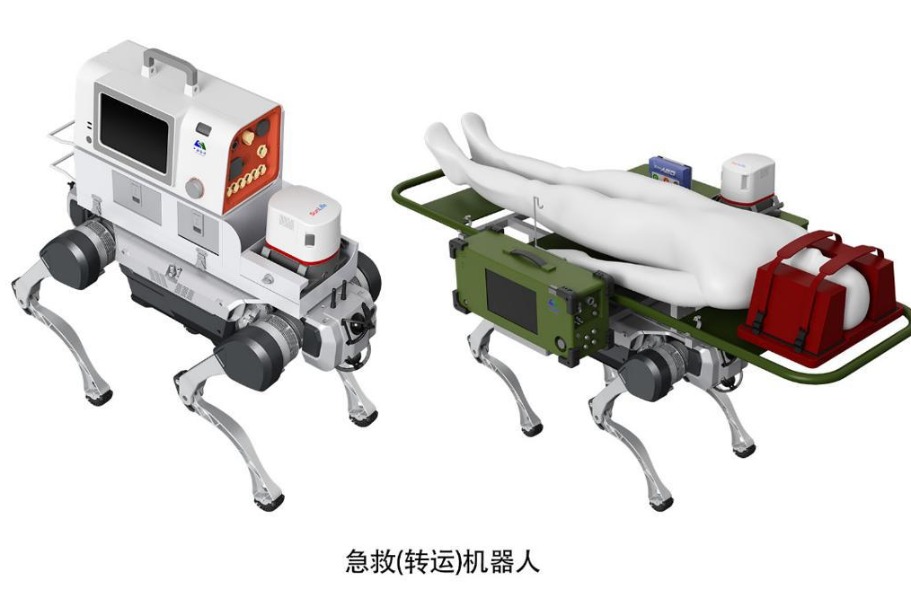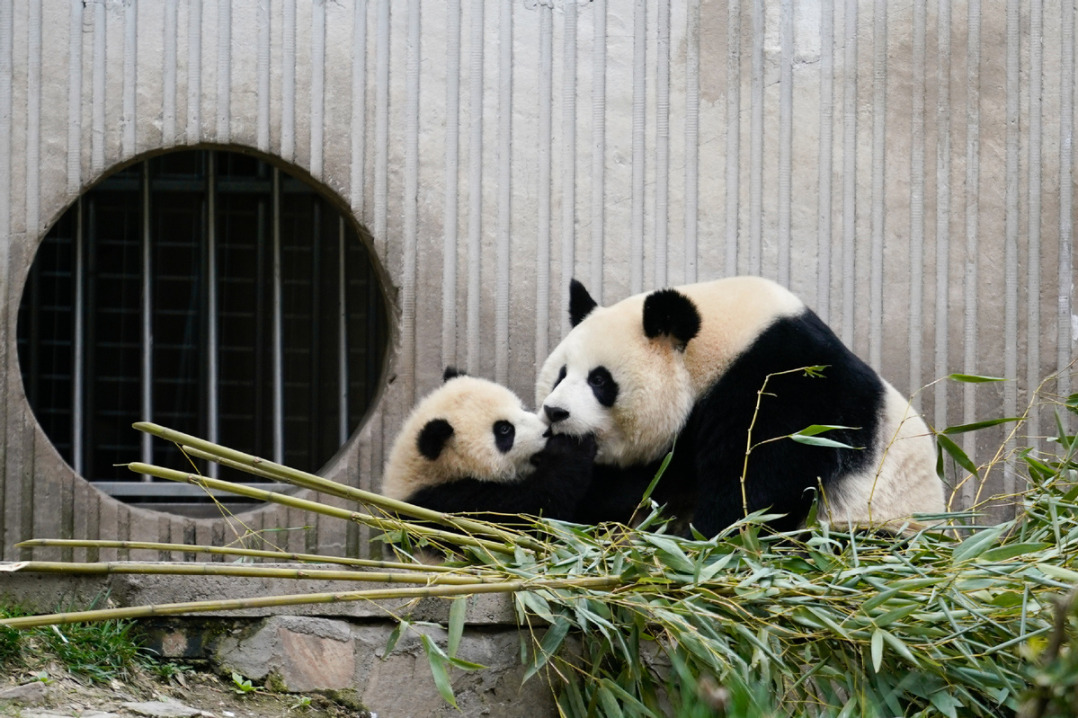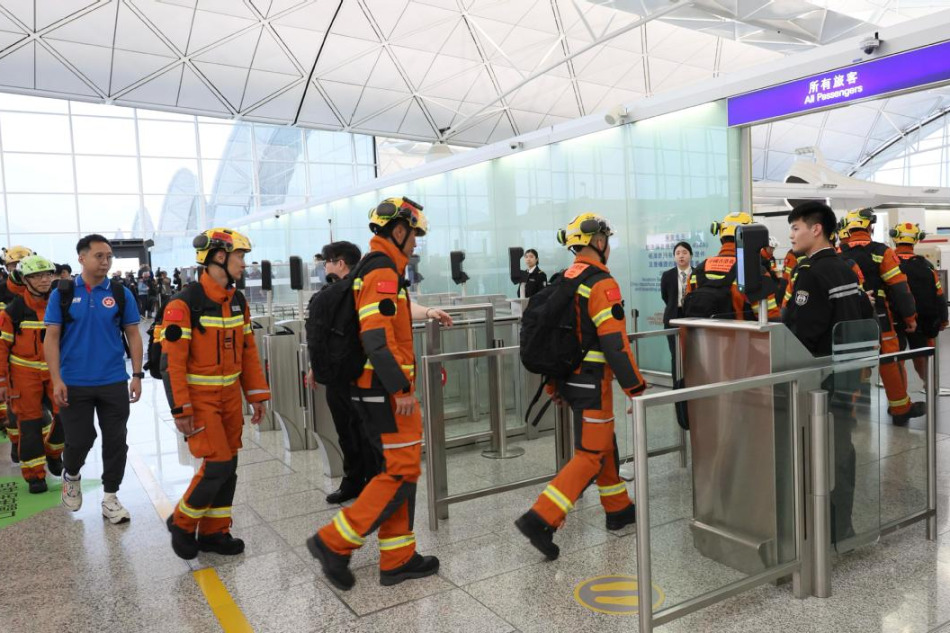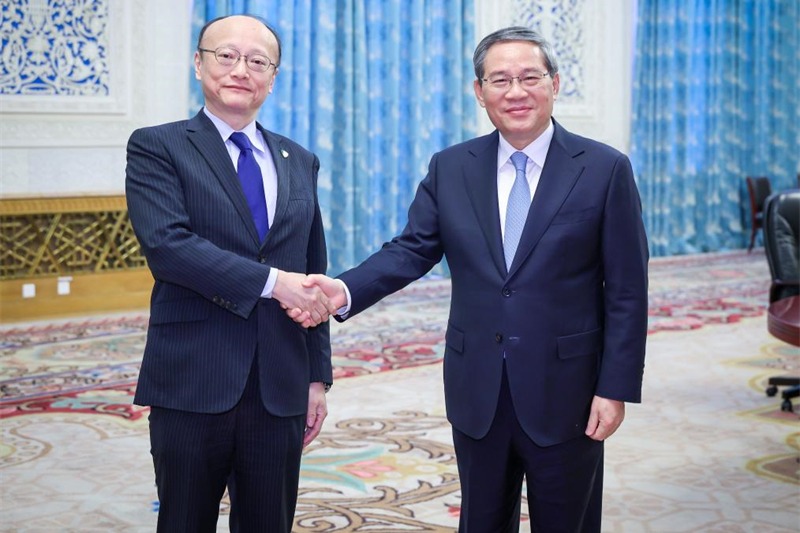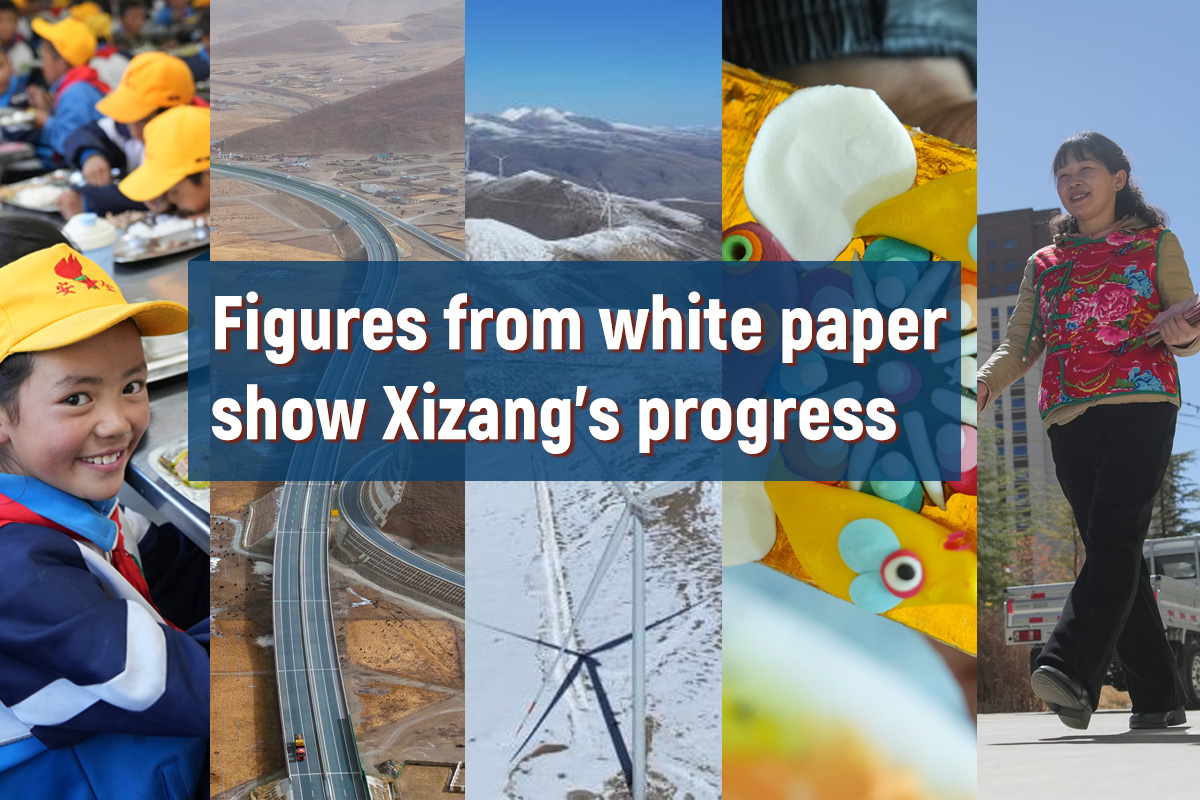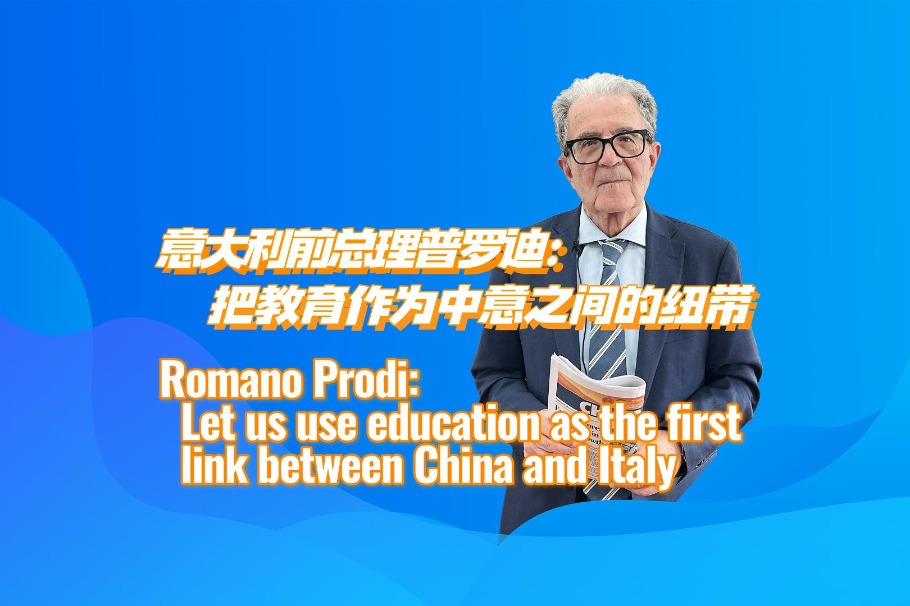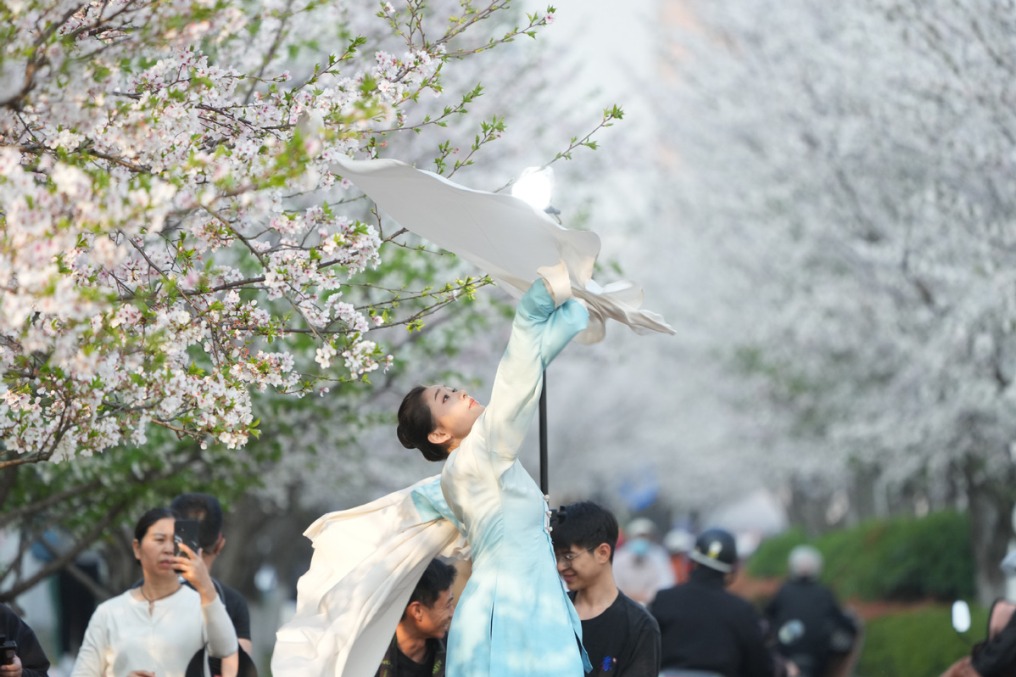What is the future of metropolises after COVID-19 pandemic?

'Satoyama' style in urban development
Zhou Muzhi: There is always an impulse among the intellectuals to escape the city. As early as 35 years ago, the American futurist Alvin Toffler had depicted what would be like in an information society in his book "The Third Wave". Many of his predictions have been materialized except those about people working effectively away from the big cities in the information society while enjoying the idyllic lives in the countryside. On the contrary, the information revolution has rather promoted the development of megacities.
Yoshinori Yokoyama: People in the western countries have long been feeling the urge to escape the big cities. But most of them still live there. Because some unique kind of comfort could only be enjoyed in the city. Some fifty years ago, A famous French novelist said that French are farmers, Americans are suburbanites and Japanese are truly urbanites. But, today, many have become urbanites. Even with COVID-19, this urbanization trend will nor reverse inspite of predictions by the so-called intellectuals. Cities are the source of energy which is coming from the interaction of various kind of people.
Zhou Muzhi: Cities, especially big cities, offer jobs, comfortableness and charm that other places could not possibly have. That's why people still move to cities and are unwilling to leave.
But sometimes urban development does not take into account the importance of nature preservation. This is the key reason why some sensitive intellectuals want to leave the big cities.
Yoshinori Yokoyama: In some sense, the relationship between man and nature is now at a tipping point. The human beings are over-exploiting the nature to an extent that the earth could not possibly recover by itself. In other worlds, we may be killing the nature's inherent self-adjusting ability. What's behind the ongoing COVID-19 outbreak is the ecological imbalance and the abnormal distribution of species caused by environmental damages. As animals are the carrier of certain viruses, changes in distribution of the living species, also lead to changes in the generation and transmission of the viruses.
Zhou Muzhi: Over exploitation of the nature and huge CO2 emissions also transformed the global ecosystem.
Yoshinori Yokoyama: I am a bit skeptical about the development of effective vaccine for the corona virus because we have not developed it for HIV and SARS. But, even when specific medicine or vaccines are developed that could help contain coronavirus, the human beings may face deadlier virus in the future because virus is a part of our evolution mechanism according to biologists.
Zhou Muzhi: Therefore, we need to recognize the global threat of infectious diseases. According to the Global Risks Report 2020 released by the World Economic Forum (WEF), the issue of infectious diseases did not even rank among the top 10 risks by likelihood over the next 10 years. Infectious diseases only listed lowest in the rank of top 10 risks by severity of impact over the next 10 years.
Against the WEF's predictions, the COVID-19 pandemic, unfortunately, turns out to have brought unprecedented challenges to the human society.
Many populous metropolises with close international exchanges were hit hard by the virus, prompting people's concern over the future of globalization and megacities. We need to recognize that the global spread of the coronavirus is not caused by global movement but people's long-time ignorance of the threat of infectious diseases. In the future, the international community and international metropolises should better understand viral diseases and increase investment in combating them.
Yoshinori Yokoyama: As I said cities are the source of our energy and innovation to improve our everyday life, we do not have the option to suppress the activities. We have to maintain the spontaneity of urban development. At the same time, we should also transform our way of thinking on the relationship between urban development and nature.
Zhou Muzhi: In Japan, people say "the village is made by god, while the city is made by men." I think it's only partially correct. Japan's countryside is traditionally called "satoyama", which is described as a rural landscape with human beings and nature co-existing in harmony. It is even more ecologically diverse than pristine mountain forests. My friend Mr Ono, who is the executive producer for the NHK natural science program, told me that proper human presence or intervention in nature has created a new ecosystem that is richer and more diverse than pristine mountain forests.
Satoyama is actually the integration of man-made landscape with the "god-made" natural world.
However, in modern urban development, people always emphasize too much on man-made landscape and ignore the presence of and interaction with the natural world. They sometimes even excluded natural landscape in urban planning and have turned cities into concrete jungles.
Yoshinori Yokoyama: Back in 1915, many trees donated from around the country were replanted in the barren field around Meiji Shrine. Back then, one would never have imagined that a forest would be created in the heart of Tokyo. There used to be a nine-hall golf course in the Tokyo Imperial Palace. But the February 26 Incident in 1936 made Emperor Hirohito very angry, he decided not to play golf any more. The unattended golf course is now developed into a natural habitat of many species such as birds, reptiles and insects. The nature has indeed a very strong recovery capability.
It is ideal to plan for urban development based on the idea of nature restoration, but few people have made such trials.
Zhou Muzhi: A few years ago, I proposed the idea of "Module City" in urban planning when I was chairing the Zhenjiang Ecological New City. By "Module City", I mean to separate a city of one million population into different sections with each highlighting a certain proportion of ecological space in the man-made environment and then link each section with trams. I remember Mr. Yokoyama also participated in this program.
I hope not only to build satoyama style countryside but also satoyama style cities.
Yoshinori Yokoyama: Neither the so-called new towns in the UK after the WW-II nor the Australian capital Canberra based on the functionalist design approach are successful. It is quite hard to build a city with urban charm while seeking for interaction with the nature.
Zhou Muzhi: "Satoyama" actually finds a delicate balance between human intervention and natural restoration. This is a new way of ecological protection that beyond our imagination. The human presence should be moderate and sustainable. In recent years, the rural population in Japan is dwindling. With fewer residents, some "satoyama" countryside, however, turn out to be less ecologically diversified than before.
So it is very important to be discrete in human intervention when designing urban spaces. Another thing we need to pay attention is to set a proper distance between man and nature. Many cities in China have created a lot of green spaces far away from where people work and live, making it hard for them to be close to nature.


















